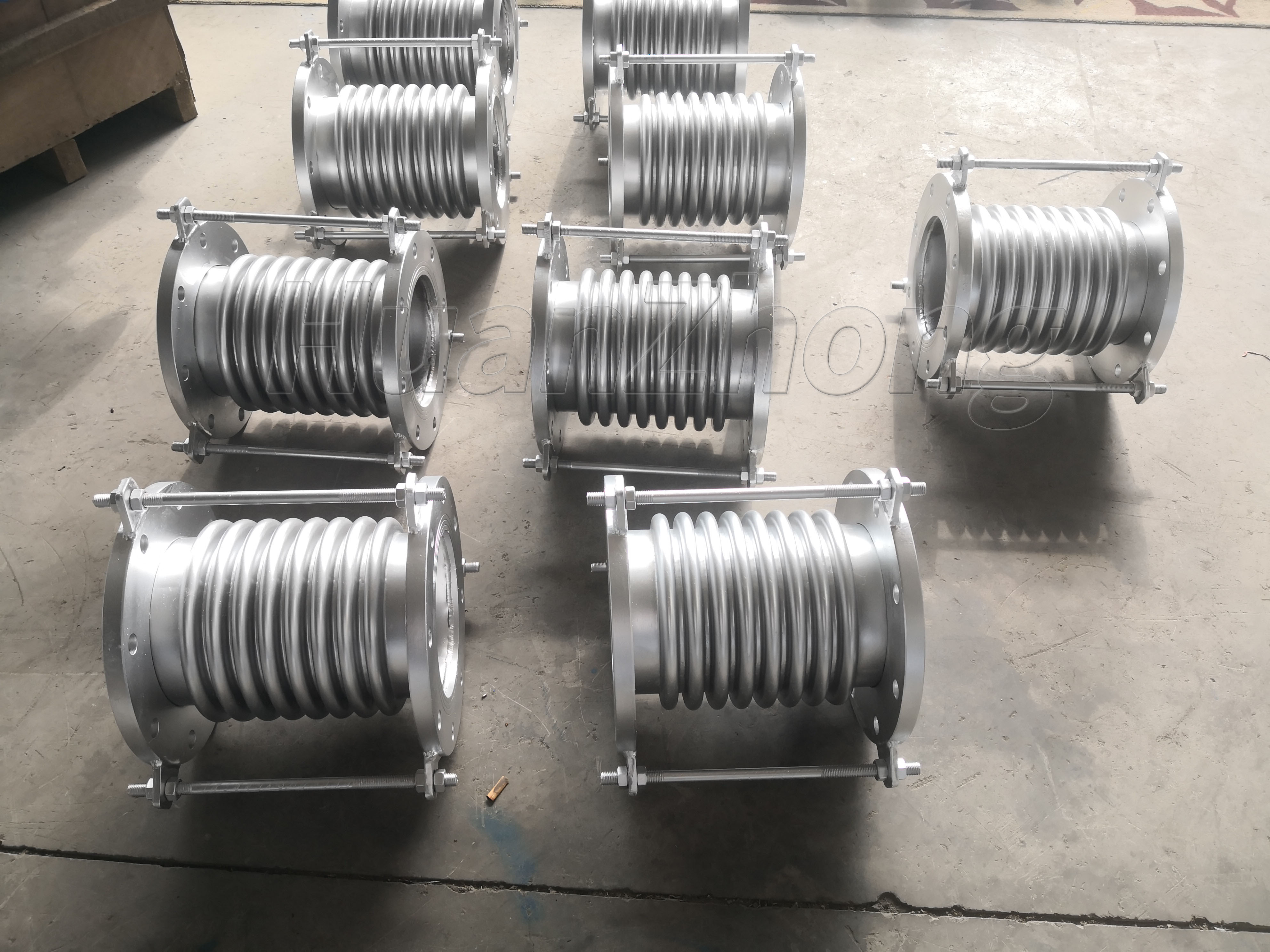Corrugated Compensator Selection and Application.
Corrugated Compensator Selection and Application. Corrugated compensators, also known as expansion joints, are essential components piping systems that for the expansion,, and movement of the pipes. They are used to absorb vibrations, compensate for thermal expansion, and reduce the stress on pipeline. However, selecting the right corrugated compensator and ensuring its proper application is crucial to the overall performance and reliability of the system. In this article, we will discuss the selection and application of corrugated compensators.
Consider the Operating Conditions: When selecting a corrugated compensator, it is essential to consider the operating conditions of the piping system. Factors such as temperature, pressure, flow rate, and the type of media being conveyed should be taken into account. Different materials and configurations are suitable for different operating conditions. For example, high-temperature applications may require compensators made from materials such as stainless steel, while corrosive environments may require the use of materials with resistance to specific chemicals.
Determine the Movement and Expansion: The amount of movement and expansion that needs to be accommodated by the compensator should be evaluated. This includes axial, lateral, and angular movements. The compensator must be selected based on its ability to absorb these movements without causing excessive stress on the piping system. It is important to calculate the expected movement and expansion accurately to choose the appropriate size and type of compensator.
Evaluate the Design and Configuration: Corrugated compensators are available in different designs and configurations, including axial, lateral, universal, and angular expansion joints. Each design has its own advantages and limitations. The design should be selected based on the specific requirements of the piping system, considering factors such as available space, direction of movement, and the need for multiple-plane movement.
Consider Resistance to Pressure and Fatigue: The compensator should be able to withstand the pressure and fatigue that it will be subjected to in the operating conditions. The materials used, the thickness of the corrugations, and the reinforcement method should be evaluated to ensure that the compensator has the necessary strength and durability to withstand the pressure cycles and maintain its performance over time.
Installation and Maintenance Considerations: Proper installation and maintenance practices are crucial for the effective functioning of corrugated compensators. Following the manufacturer's recommendations regarding installation techniques, bolt torques, anchorage points, and support structures is essential. Regular inspection and maintenance of the compensators should also be carried out to detect any signs of wear, fatigue, leakage, or damage that may affect their performance.
In conclusion, selecting and applying corrugated compensators requires careful consideration of various factors such as operating conditions, movement and expansion requirements, design and configuration, resistance to pressure and fatigue, and installation and maintenance considerations. Consulting with manufacturers or professionals in the field can provide valuable insights and guidance in choosing the right compensator for specific piping systems. By selecting the appropriate compensator and ensuring its proper application, the overall performance, durability, and reliability of the piping system can be greatly enhanced.
